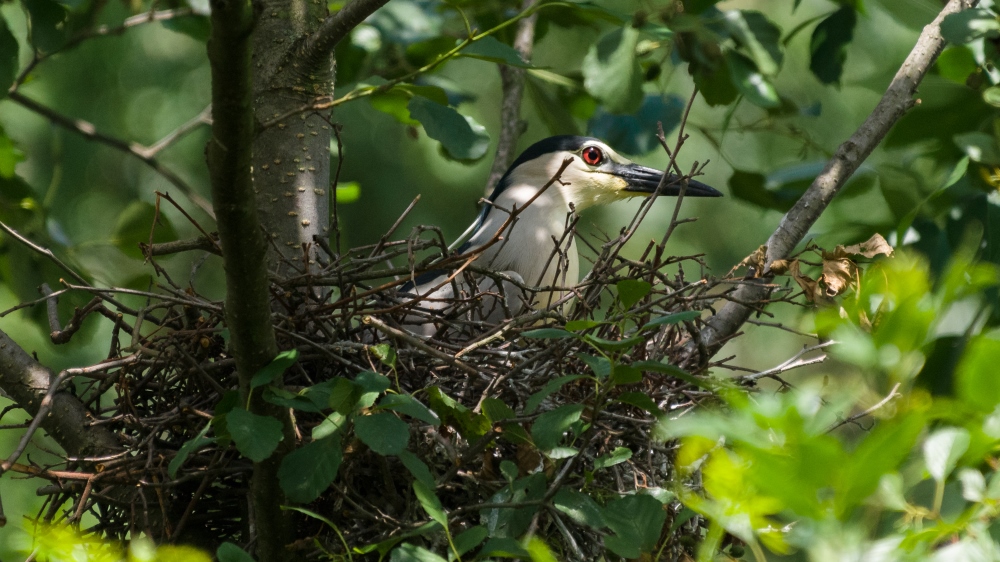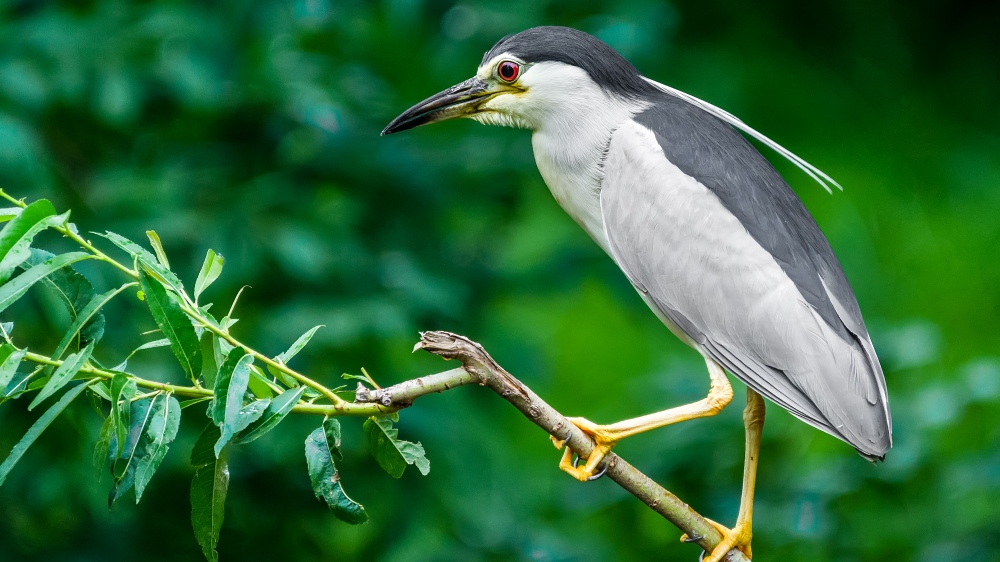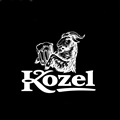The Black-crowned night heron (Nycticorax nycticorax)
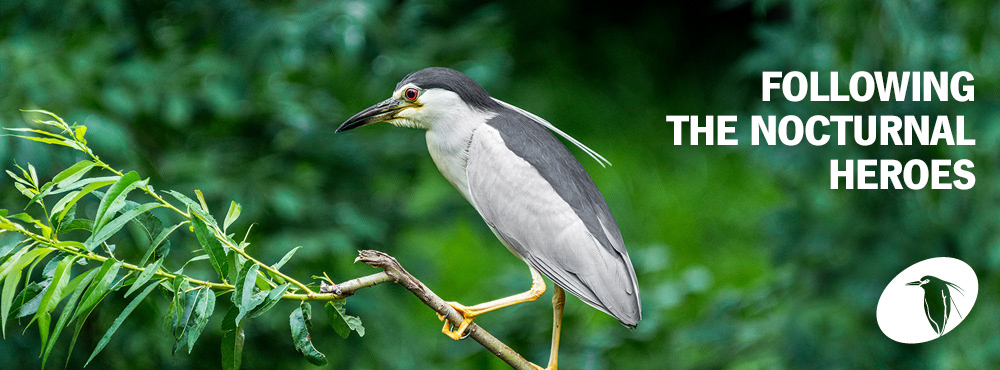
The night heron, as it is commonly called, is a medium-sized, wading bird species. It has a large head, strong beak and short tail; in adults the colouring is contrasting - a dark top to the body, a light face and underside, grey sides and yellow legs. During nesting it has conspicuous white feathers on the crown. Chicks are dark brown with light spots, the following year the one-year old bird is grey all over.
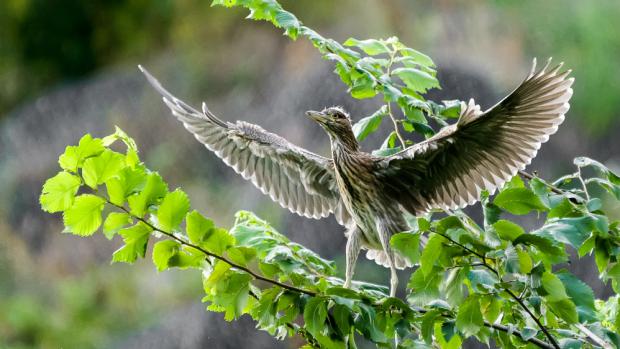 Young night heron, photo: Petr Hamerník, Prague Zoo
Young night heron, photo: Petr Hamerník, Prague Zoo
| ACTIVITY |
|
It is mainly active at dusk, often flying even at night, although this can be all day during nesting; the actual flight, however, is slower. Whilst hunting the night heron stands motionless on banks, fallen trunks or the edges of vegetation. A characteristic position is sitting with its neck drawn in. Its main food consists of various kinds of fish ranging from five to twenty centimetres in length, frogs, gastropods and, to a lesser extent, invertebrates - mainly insects and larvae. |
|
NESTING |
|
It starts nesting around two years, usually by ponds and marshes, near lakes, slow water flows with flooded areas of scrub, tree and reeds. The nest may be high up in the trees, in bushes or in reeds.
|
| WINTERING |
|
The European night heron population is migratory. The main wintering sites are primarily the tropical regions of West and Central Africa, the Nile River basin, but sometimes even Southern and Eastern Africa. |
|
A list of wintering grounds in Africa: |
ZOOPRAHA.CZ
Contacts
- The Prague zoological garden
U Trojskeho zamku 120/3
171 00 Praha 7
Phone.: (+420) 296 112 230 (public relations department)
e-mail: zoopraha@zoopraha.cz
Others


